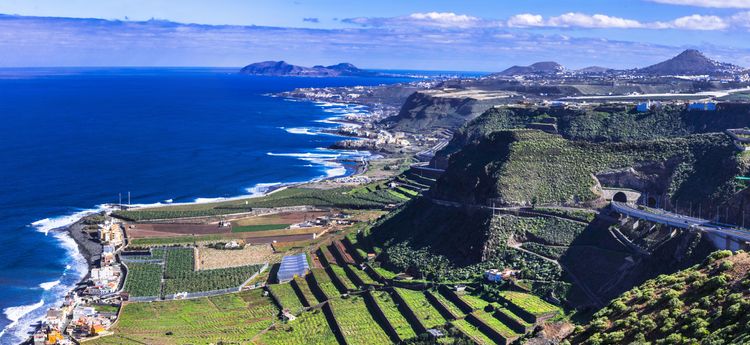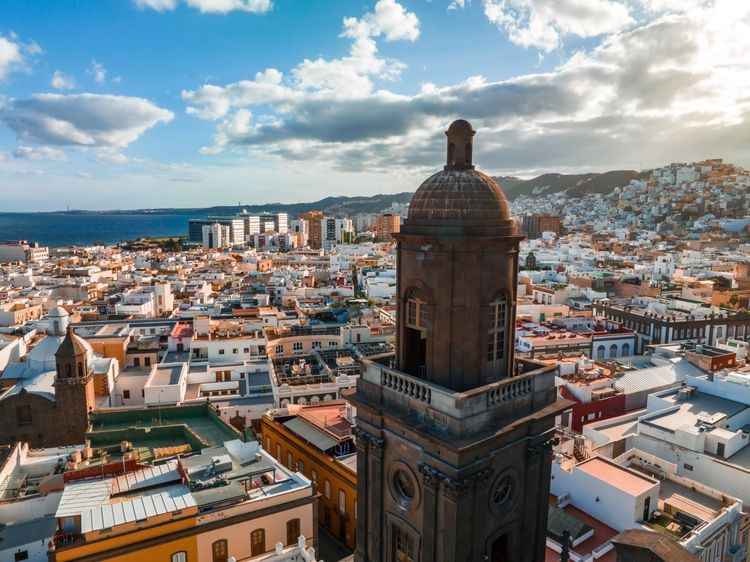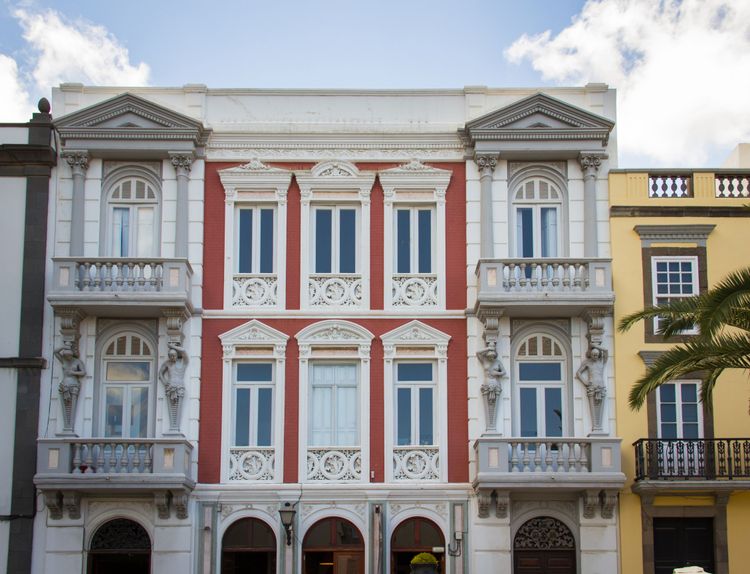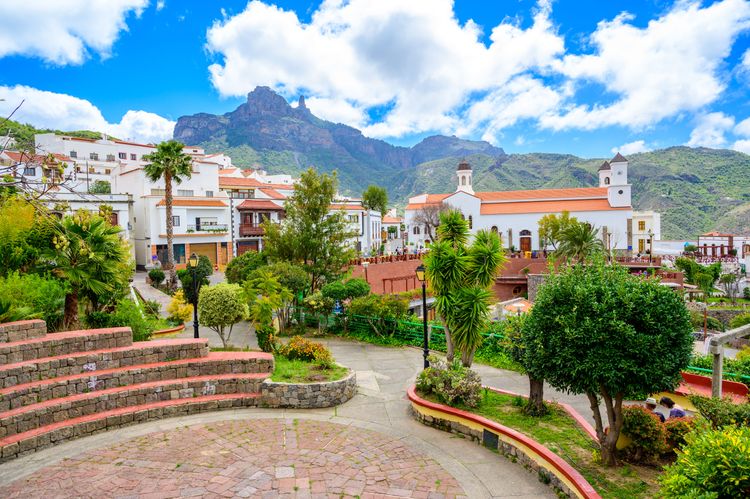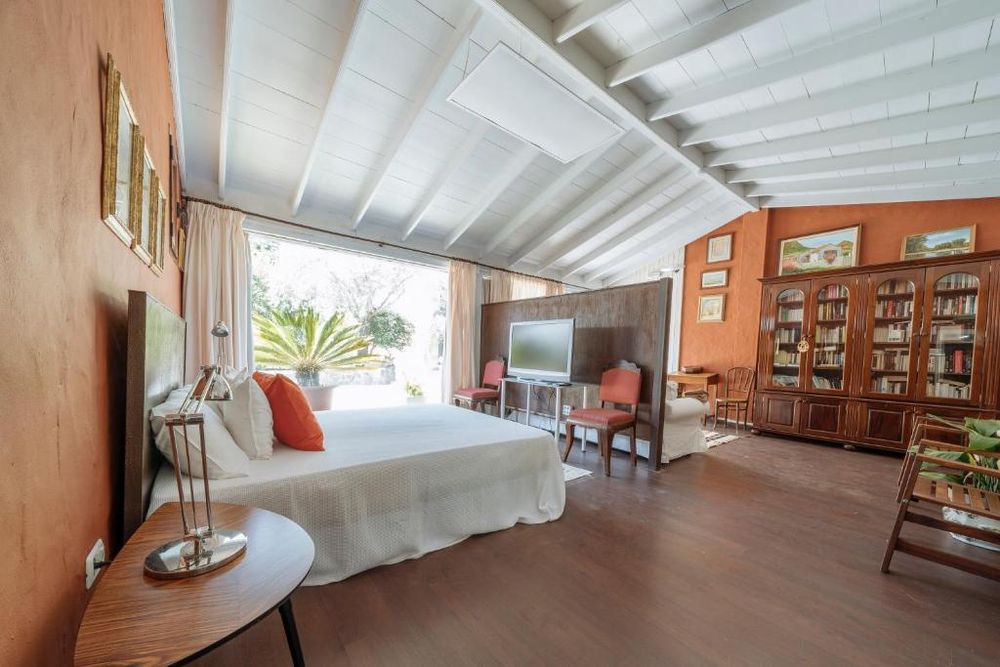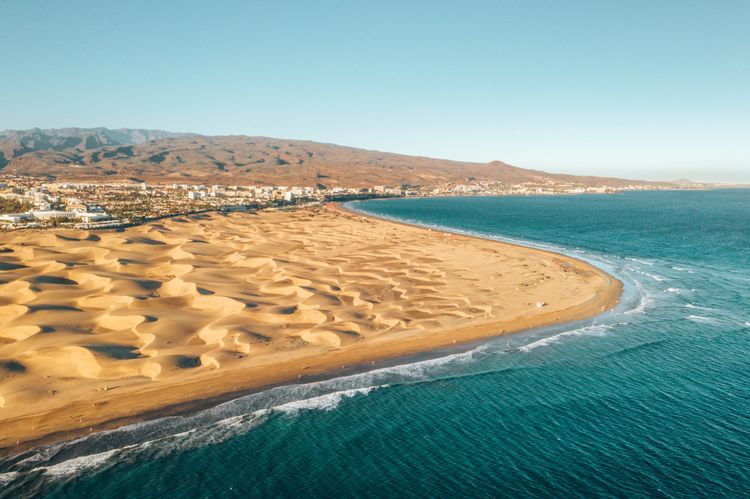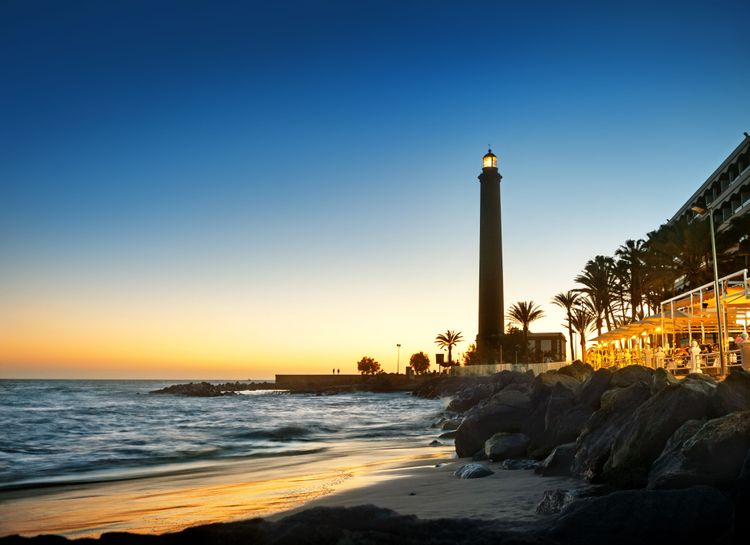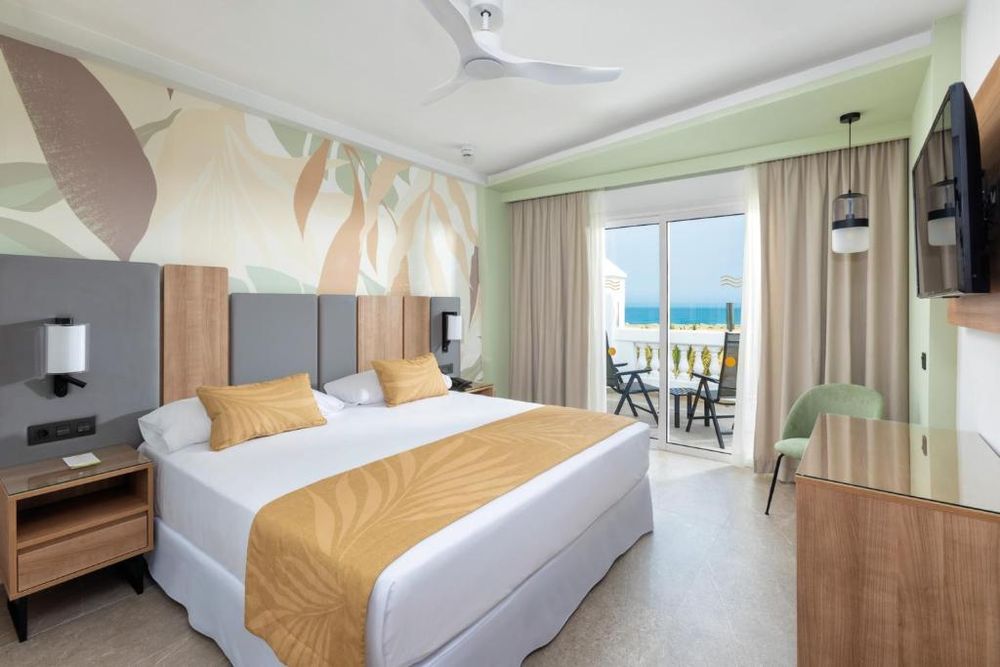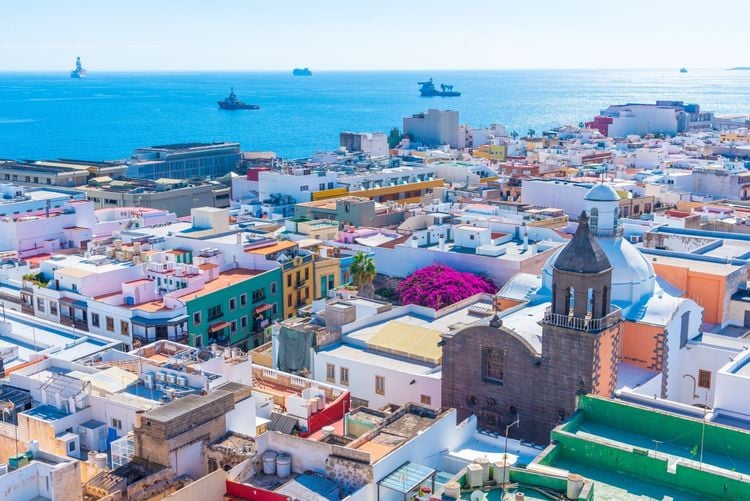The village of Tejeda
After a first day of culture and beach in the bustling capital, nothing better than to get some fresh air and enjoy the natural scenery of the island. Heading inland towards the central area of the island, we first stop at our accommodation for the night, the Hotel Rural Las Calas, an old 17th century mansion located in a protected natural area in the mountains of Gran Canaria.
Now, we head towards the village of Tejeda, one of the most beautiful villages in Gran Canaria, and one of the prettiest villages in all of Spain. When we arrive in this beautiful village, let's stop for a while to contemplate how beautiful it is with all its white houses of traditional architecture, in a setting full of Canary Island pines and almond trees in bloom. A stroll through the streets of the old town is something not to be missed. There you can visit the Parish Church of Nuestra Señora del Socorro, the Tres Cruces Typical Canarian Museum and the Medicinal Plants Centre.
Also worth a look is La Cesta, one of the most "instagrammable" spots in the village from where you can enjoy incredible views of the Roque Bentayga.
Hungry after our little excursion, we go for lunch at Casa del Caminero, a Spanish-Mediterranean restaurant serving tasty and healthy dishes, before starting the second part of our adventure.
